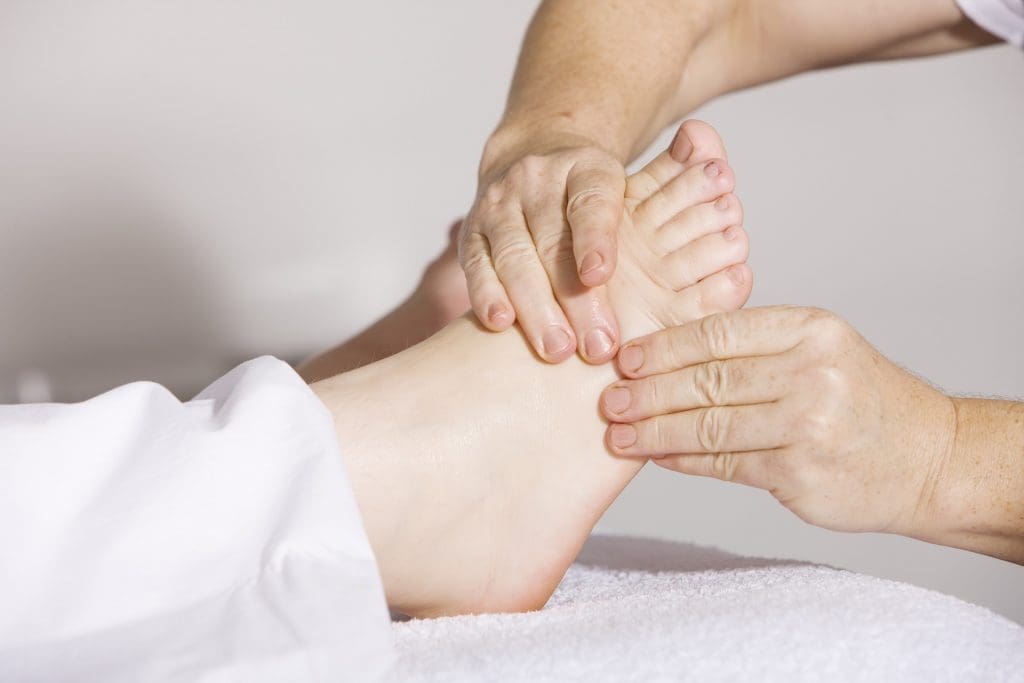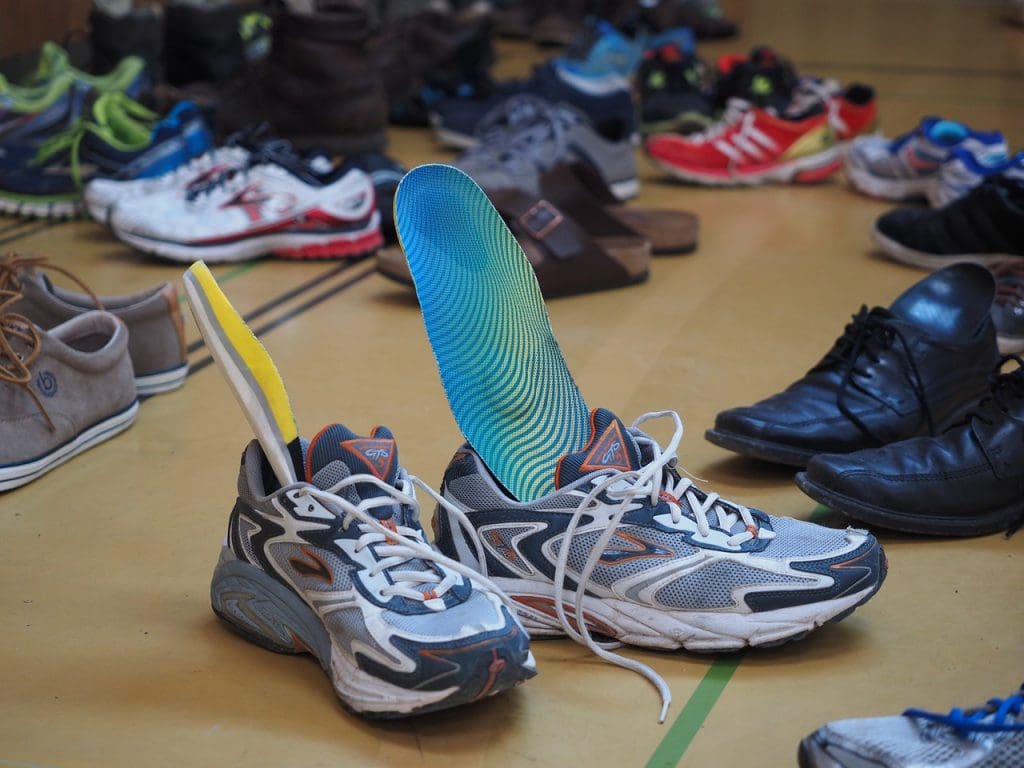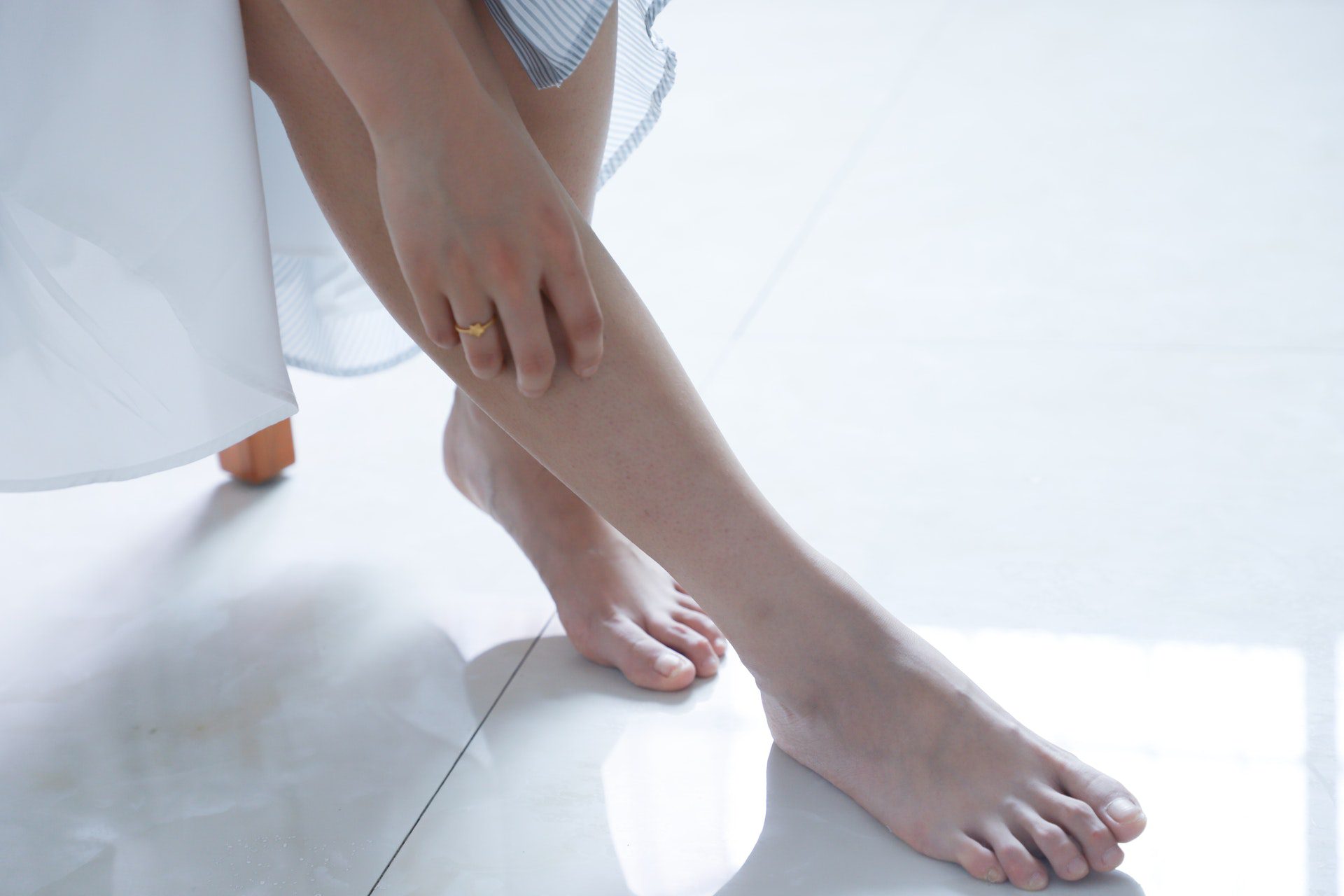Plantar fasciitis is a condition that causes pain and discomfort at the bottom of the feet. In most cases, people realize that they’ve plantar fasciitis when they start experiencing morning heel pain. If you suddenly feel a sharp stabbing pain that radiates from your heels down to the lower side of your feet, you could be having plantar fasciitis. Other symptoms may include morning heel pain, subsiding pain, contracted fascia, recurrent morning pain, and morning hobble. We will discuss everything you need to know about plantar fasciitis so keep reading.
Table of Contents
Documented Causes
Several issues have been proven to cause plantar fasciitis. And these include:
Aging
As you grow older, certain degenerative changes will naturally occur. And this is particularly true if you’re aged between 45 and 65 years. For instance, there’ll be a significant decrease in the elasticity of your fascia. This decrease slows down its shock absorption capabilities and leaves it prone to rips and micro-tears.
As compared to younger athletes, older athletes are usually more vulnerable to plantar fasciitis. If you fall under this vulnerable category, consider purchasing a pair of orthopedic shoes. These shoes are designed to adequately support your feet and minimize pain, as well as discomfort.
Obesity

Being overweight can also increase your risk of developing plantar fasciitis. This is mainly because the plantar region is responsible for sustaining your body weight as you perform your daily tasks. And because of this, you’ll eventually develop tiny rips, as well as micro-tears. When the fascia becomes weakened and damaged, pain and discomfort naturally set in.
Genetics
Genetics is another major cause of plantar fasciitis. Certain genes are predisposed to leaving an individual highly prone to muscle contractions. Essentially, a contraction is the shortening or hardening of tissues, like the fascia band. When the band retracts or hardens, its elasticity decreases and injuries can easily occur.
High-Intensity Tasks
Engaging in rigorous activities that create excessive pressure on your feet can end up causing plantar fasciitis. Such activities include running on pavement, Irish dancing, military activities, and aerobic gym classes. People with this condition often experience severe pain and inflammation.
Hard Flooring

Standing all day can lead to plantar fasciitis. This activity can either initiate or augment the pain and discomfort associated with plantar fasciitis. Restaurant workers who spend most of their time walking on hard floors are more vulnerable to this condition. The same thing also applies to factory employees who stand on concrete floors all day.
Mythical Causes
It’s also important to know about plantar fasciitis is that there are certain unproven causes of plantar fasciitis. They include:
Heel Spurs
Heel spurs refer to calcium deposits, which cause a bony protrusion at the bottom of your heel bone. Whist they’re believed to be a major cause of plantar fasciitis, these deposits are its own condition. Heel spurs usually affect people who are already suffering from plantar fasciitis. It’s also important to note that people who’ve heel spurs don’t experience any pain from them. Rather, their pain is caused by other underlying issues.
Weight-Lifting
Carrying heavy loads will definitely lead to more pressure pressing down on your plantar region as you stand or walk. But unlike being obese, weight-lifting will only last for a couple of hours.
While weight-bearing activities are directly linked to heel spurs, there’s no evidence that they’re responsible for the symptoms of plantar fasciitis.
Thickening of the Fascia Band
If your fascia band gets repeatedly injured, it might end up becoming thicker. Nonetheless, the thickening hasn’t been scientifically proven as a catalyst for plantar fasciitis.
Tips For Relieving Plantar Fasciitis Pain

Treating the pain caused by plantar fasciitis is extremely important. When left untreated, these symptoms can result in severe consequences.
Over-The-Counter (OTC) Drugs
One of the most effective ways to relieve the pain and inflammation associated with plantar fasciitis is to use over-the-counter-medications. Ibuprofen and Naxoprene are the most commonly used drugs for treating this condition.
Exercises and Stretches
To prevent recurrent episodes of plantar fasciitis, it’s helpful to perform the following exercises regularly: wall calf stretching, basic Achilles stretching, towel toe stretching, as well as, basic hamstring stretching.
Orthopedic Footwear
It’s also important to know about plantar fasciitis is wearing the right shoes. According to Dr. DeMatas, wearing supportive footwear will provide adequate support to your feet while also making it easier and comfortable for you to walk around. Plus, it will help prevent the occurrence of plantar fasciitis.
Supportive Insoles

Purchasing the right insoles can help combat the pain and discomfort associated with plantar fasciitis. Nonetheless, grabbing any shoe size can be a dangerous decision that could only worsen your condition.
Look for trained professionals who utilize a foot scanner to help you pinpoint specific areas of your feet that need support. With this new technology, they’ll be able to recommend a pair of shoes that’ll get you on the path of recovery.
This will also make it easier for you to identify the right insoles that’ll alleviate your pain and inflammation symptoms.
Can Plantar Fasciitis Be Cured?
Unfortunately, there’s no specific cure for plantar fasciitis. Most of the treatment options are geared toward reducing inflammation, gradually stretching the fascia band, and countering the fascia contractions.
You may also want to consider getting help from a chiropractor or your primary care doctor. Some of the available orthopedic options include steroid injections, platelet-rich plasma injections, shock-wave therapy, Tenex procedure, and surgery.
Depending on your situation, your general doctor or orthopedist will recommend the most appropriate treatment option. So, if you have any feet-related issues, be sure to seek medical help. The early you start treatment, the better your chances of recovering from plantar fasciitis.
Final Thoughts
Plantar fasciitis is a very painful condition. When left untreated, it can completely limit your mobility. Plus, it can prevent you from performing your daily tasks. How would life be if you were suddenly restricted from exploring the world around you? If you don’t want such a thing happening to you, be sure to always choose the right footwear.
Several things can cause plantar fasciitis: aging, obesity, genetics, hard flooring, and high-intensity activities. We hope you have found this article helpful so that you received everything you need to know about plantar fasciitis and how to treat your pain.
Featured Photo by Buenosia Carol from Pexels




